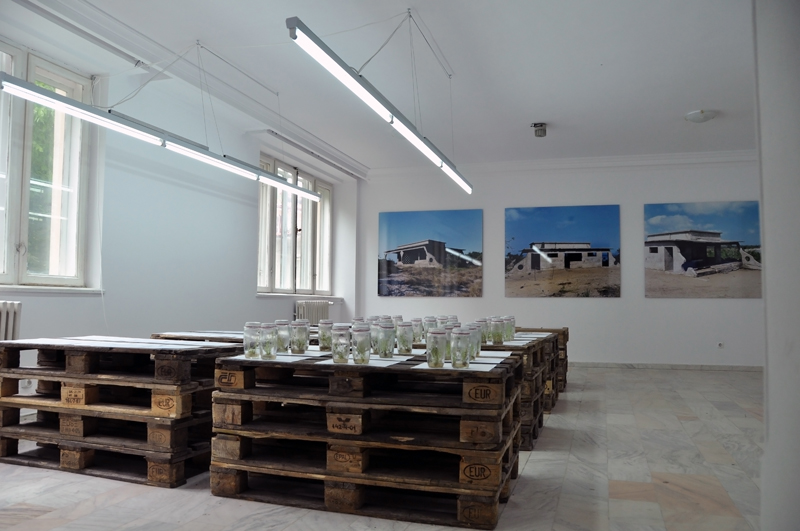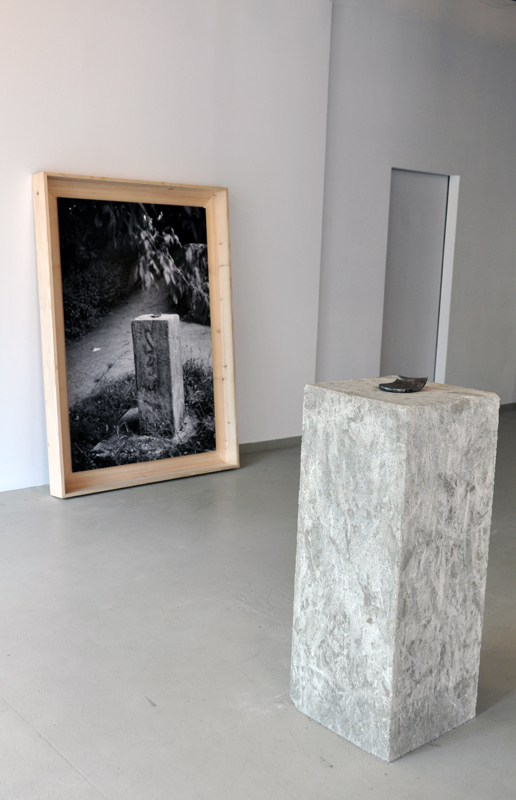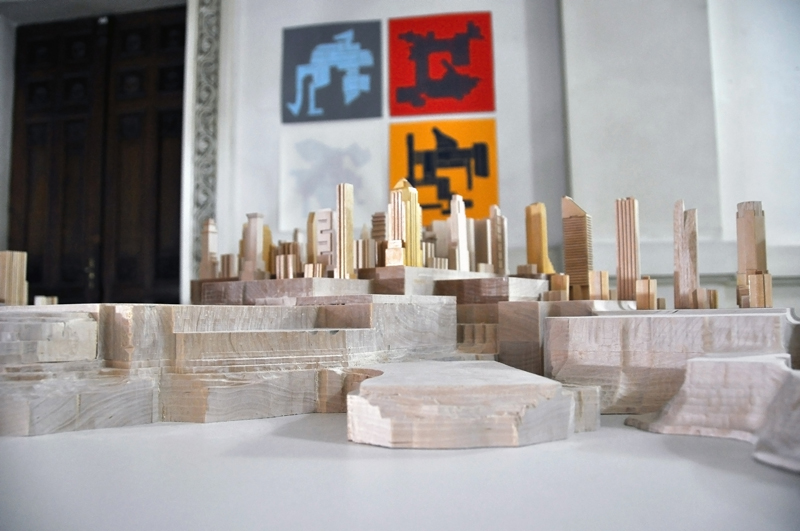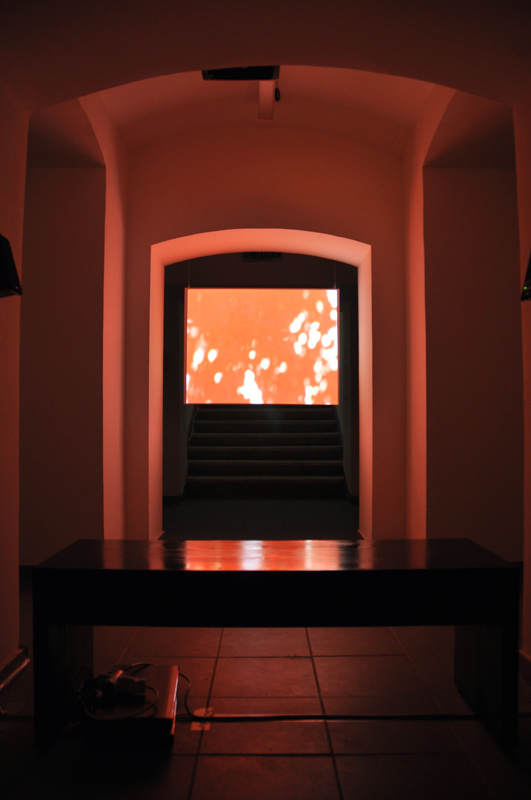BB4 – The International Biennale of Contemporary Art in Bucharest (Exhib. Review)
The Fourth Edition of the International Biennale of Contemporary Art in Bucharest, “Handlung – On Producing Possibilities,” various locations, May 21 – July 25, 2010.
Contrary to what might be expected from the concept of “biennale,” BB4 is a small-scale international group exhibition that differs significantly from the contemporary “blockbusters” in other cities. It unites thirty-seven artists by posing a conceptual question that addresses typical issues in Bucharest; namely architectural entropy, diversity, and lack of urban coherence, or the memory of communism, which is still very much alive in the collective conscience. The goal of the organizers is to create an international exhibition that fits in with the local idiosyncrasies.
The fourth edition of the International Biennale of Contemporary Art in Bucharest has been designed as an interrogation of the culturally ambiguous German word Handlung, which could translate as “action” or “story.” Felix Vogel, the curator of the biennale, chose this term in order to take advantage of the inherent link between actions and stories that function in constant interdependency. As he puts it, “The fourth edition of the Bucharest Biennale proposes an experimental framework which enables the thorough study of multiple ways of action, its possible evolutions and its possibilities. It will attempt to analyze a wide range of stories, interwoven plots and fictions, as well as the way in which this entire ensemble relies on or detaches itself from the concepts of instrumentality.” The formal ambiguity of the concept confers a great amount of freedom to the curator, who has managed to bring together very different types of artistic productions. Starting with the pre-established geography of Bucharest, the artwork becomes a producer of Handlung that analyzes, criticizes, and rewrites constructed actions and narratives.
The concept brought forward by Vogel has been implemented in five essentially different expositional locations. Just as in previous editions, a route through the city has been etched out; this year it is a North-South axis. The northernmost point on the axis is the Museum of Geology. The show devised by the young curator in the space of the museum is a relatively eclectic mix between the works of seventeen contemporary artists and a text by Marcel Iancu (1895–1984)–dating back to the interbellum years–about the architecture and reconstruction of Bucharest. Vogel built a conceptual installation that is meant to communicate with the exhibits in the museum. To combine different mediums (video, photomontage, photography, giclee print, drawing, text) in a museum poses the risk of excess and random intervention. However, Vogel prevailed by making use of this stylistic mélange to capture two of Bucharest’s core qualities: ideological chaos and excessive eclecticism.
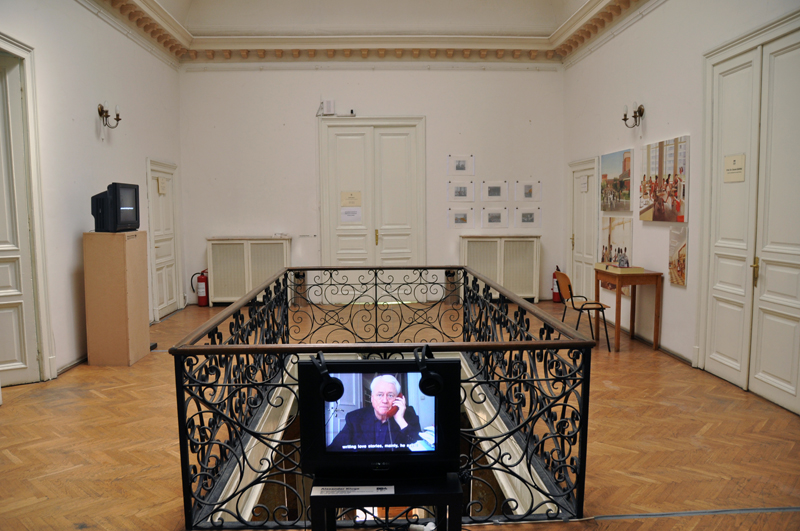
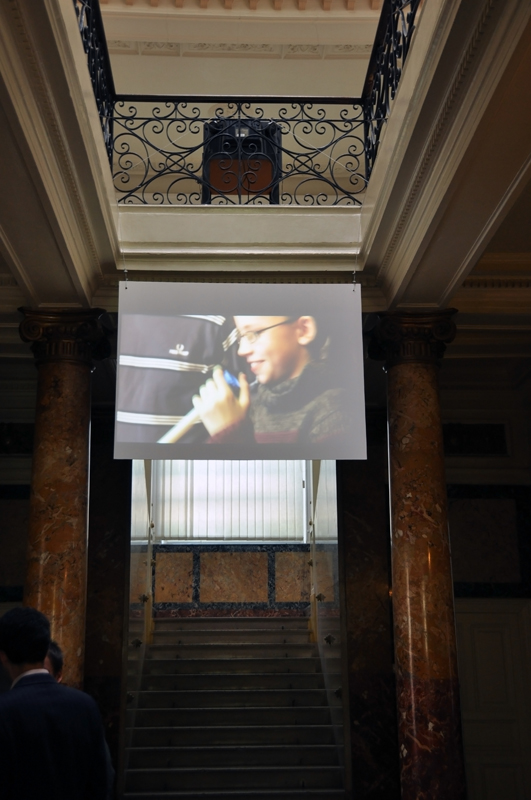 Just as diverse is the mixture of styles and mediums in the intervention inside the Institute for Political Research. Here the stakes are different: the curator leaves the chaos of Bucharest in order to present the audience with a few emblematic images of the origins of issues facing contemporary society. A video by Kalle Brolin (Sweden) is reminiscent of the coal-miners from the Jiu Valley; it is a very subtle reference to the recent history of the six “mineriade” of the ‘90s that left their mark on the conscience of the people of Bucharest (and of all Romanians). Pablo Bronstein & Eleanor Vonne Brown (Argentina) approached a more delicate topic and choreographed ten gipsy dances. I say “delicate” because in Romania, the culture of the Roma people is thoroughly ignored due to the social issues that the majority associates with them (begging, thefts, crimes, rapes etc.). The invitation to turn our attention towards the positive aspects of Roma culture is accompanied by the repetitive print of a Ku Klux Klan slogan on a business card: “The only reason you are WHITE today is because your ancestors believed in and practiced SEGREGATION.” – signed by Fereshteh Toosi (Iran).
Just as diverse is the mixture of styles and mediums in the intervention inside the Institute for Political Research. Here the stakes are different: the curator leaves the chaos of Bucharest in order to present the audience with a few emblematic images of the origins of issues facing contemporary society. A video by Kalle Brolin (Sweden) is reminiscent of the coal-miners from the Jiu Valley; it is a very subtle reference to the recent history of the six “mineriade” of the ‘90s that left their mark on the conscience of the people of Bucharest (and of all Romanians). Pablo Bronstein & Eleanor Vonne Brown (Argentina) approached a more delicate topic and choreographed ten gipsy dances. I say “delicate” because in Romania, the culture of the Roma people is thoroughly ignored due to the social issues that the majority associates with them (begging, thefts, crimes, rapes etc.). The invitation to turn our attention towards the positive aspects of Roma culture is accompanied by the repetitive print of a Ku Klux Klan slogan on a business card: “The only reason you are WHITE today is because your ancestors believed in and practiced SEGREGATION.” – signed by Fereshteh Toosi (Iran).
The Romanian artist Stefan Constantinescu presents the audience with an installation (painting, photography, text, and object) by means of which he refers to the perhaps now-obsolete problem of communism. Constantinescu displays once more the theoretical framework of socialist realism, as well as a few icons of the “Golden Age” of communism. The exhibition at the Institute for Political Research revolves around deep and coherent questions about the origins of the most difficult issues confronting contemporary society in Bucharest.
 At the Center for Visual Introspection, Martin Beck, Maryam Jafri, Mona Vatamanu, and Florin Tudor present utopian visions of today’s consumer binge, as well as its incongruities, contradictions, and dysfunctional nature. Here as well we are faced with an eclectic installation made up of very different works.
At the Center for Visual Introspection, Martin Beck, Maryam Jafri, Mona Vatamanu, and Florin Tudor present utopian visions of today’s consumer binge, as well as its incongruities, contradictions, and dysfunctional nature. Here as well we are faced with an eclectic installation made up of very different works.
The idea of protest through art suggests itself in the way it contrasts with the bleakness of everyday life. The three videos by The Otolith Group displayed at Paradis Garaj (the only artist-run space in Bucharest), represent an open gesture towards “the Other” and the absolute conviction of the need for individual expression.
The path on which Felix Vogel invites us ends with an intervention at the Center for Contemporary Art, Pavilion Unicredit. There are six artists here whose works complete the narratives on display in the other BB4 venues. The selection of artists on display at the Pavilion Unicredit intends to bridge the gap between the socio-artistic environment in Bucharest and the international one. In fact, BB4 is one of the few contemporary art events whose focus is the communication between the local context — Bucharest — and the international art environment.

